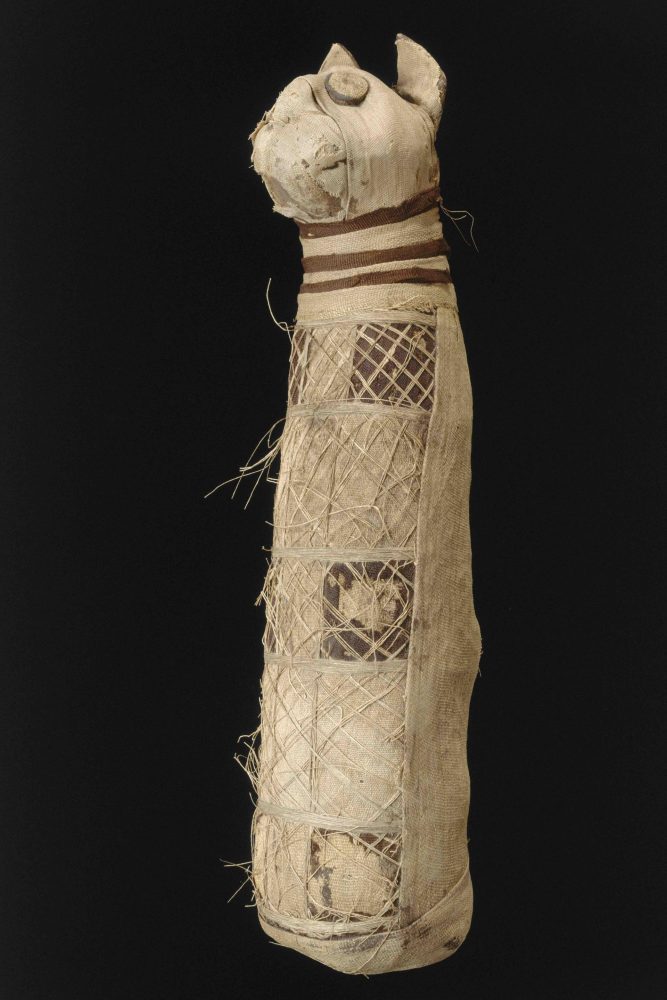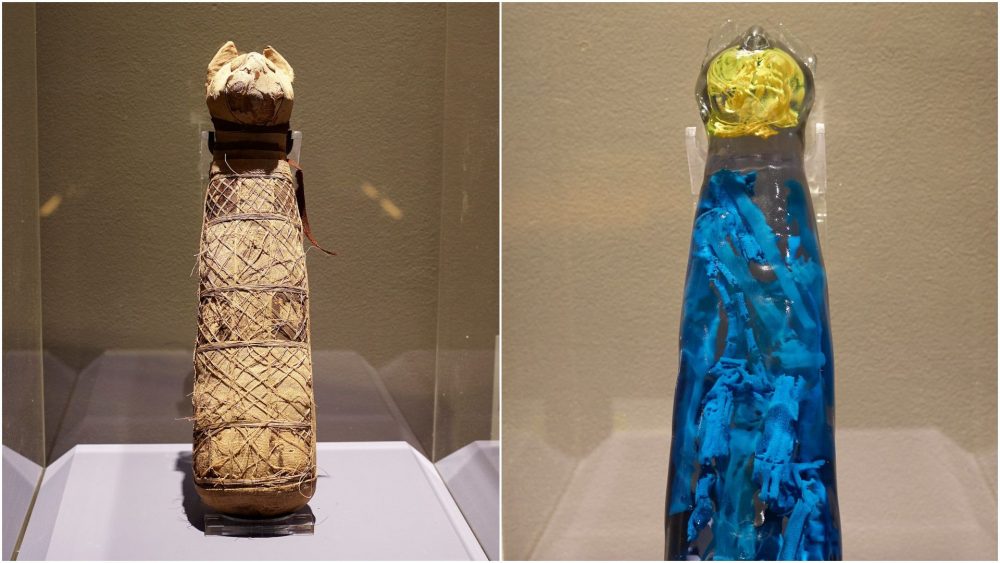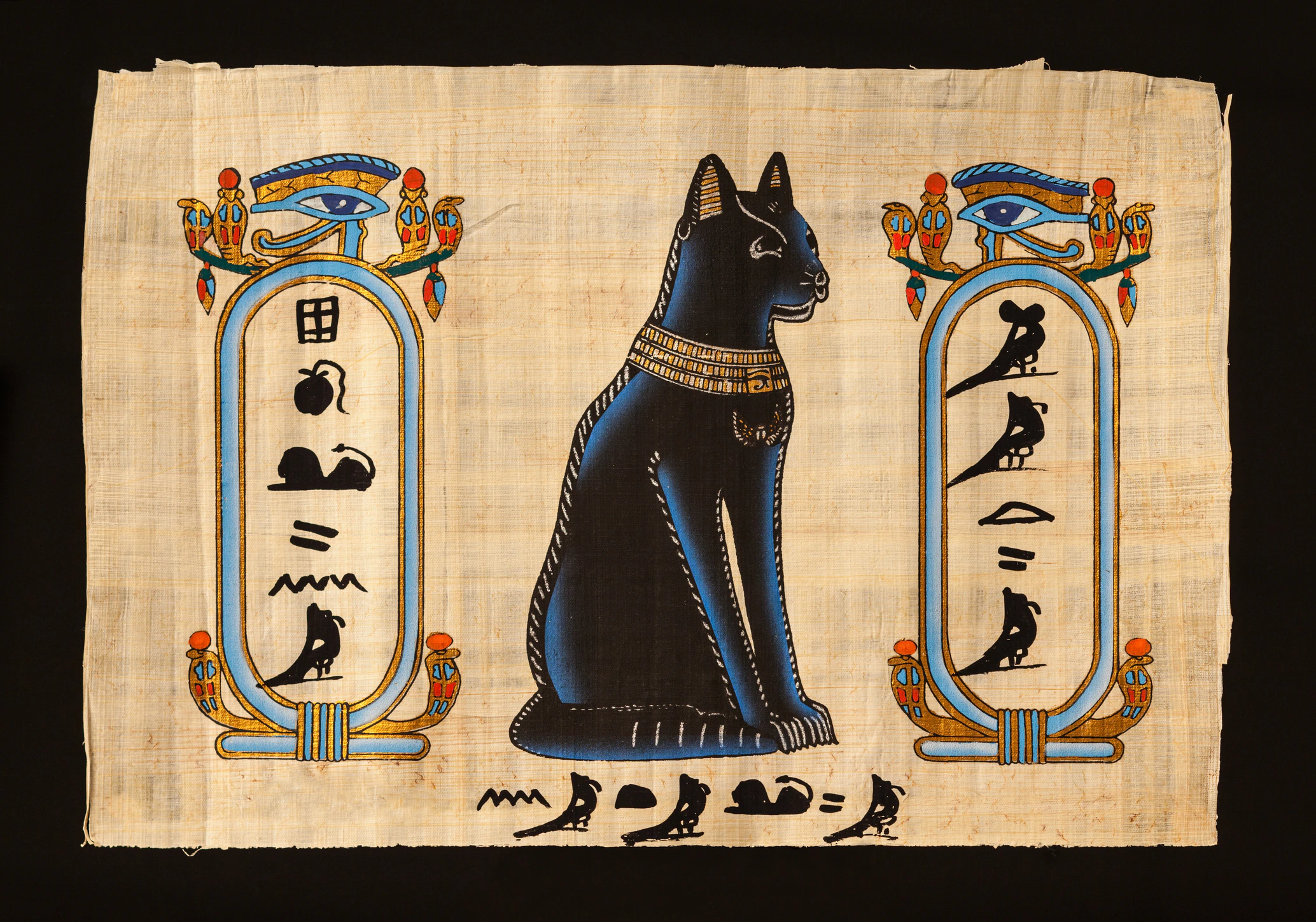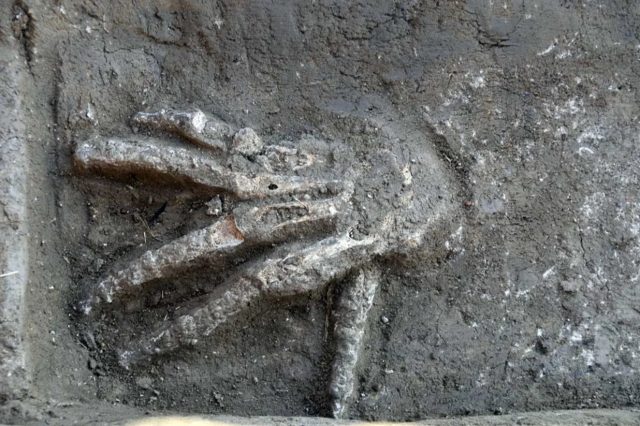Surprising and unexpected.
The method of embalming or treating the deceased body that the ancient Egyptians used is called mummification. Using distinctive methods, the Egyptians extracted all moisture from the body, leaving only a dried form that would not easily decay.
The process of mummification was practiced throughout most of ancient Egyptian history. According to scholars, mummifying the body of the deceased began in ancient Egypt around 3,500 BC, more than 1,200 years before the first pyramid of Egypt. Pharaoh Djoser constructed the step pyramid of Saqqara.
Before this period, to around 5,000 BC, scholars discovered early greaves from the Badarian period, which contained offerings and grave goods, a characteristic indicative of the early belief in the afterlife.
However, during this period, the bodies of the deceased were still not mummified. Eventually, ancient Egyptian graves evolved, and by the time of the Early Dynastic period of ancient Egypt, the mastaba replaced the more primitive, simple grave.
Mastabas were recognized in ancient Egypt not as the final resting place but as the eternal home of the body. The mastaba was seen as a transformational palace where the soul would leave the body to live in the afterlife. During the Old Kingdom of Egypt, mummification had become a standard practice in ancient Egyptian culture.

A cat mummy
Over the last decade, thanks to improved access to new medical imaging technologies, research on animal mummies in ancient Egypt has significantly advanced in understanding this civilization’s history and culture. A 2,500-year-old mummified Egyptian cat, which belongs to the Museum of Fine Arts collection in Rennes, France, was dissected with digital technology, allowing scholars to learn more about the interior. To the surprise of the archaeologists, they found more than what they had bargained for.
The mummified cat underwent non-invasive CT scans allowing experts to see the mummy’s internal structure. Researchers then created a 3D model of the mummy’s interior, which was then analyzed with virtual and augmented reality. The state-of-the-art technology revealed the mummy’s interior to the world more than 2,500 years after its original mummification. To the archeologists’ surprise, the researchers discovered not one but the remains of several cats inside the “cat mummy.”
Although numerous cat remains, the researchers say they could not spot the vertebrae or the ribs. The mummy’s interior featured a ball made of textile instead of the head, as well as five hind legs and three incomplete tails.
“With a medical scanner, we always expect to find something. In this case, we expected to see a cat, not several cats, but it is perhaps not so exceptional. There are millions of animal mummies, but few have been imagined. Some are empty; others contain only one bone; sometimes, the cat is complete. The mummy of Rennes is a variant. Some researchers believe that we are dealing with an ancient scam organized by unscrupulous priests,” revealed Theophane Nicolas, one of the researchers at the French National Institute for Preventive Archaeological Research (INRAP).
Archaeological remains are fragile witnesses to analyze, interpret, preserve, and value. Until now, digitization techniques have been limited to the surface of objects, monuments, and sites. Researchers’ innovative numerical approaches make it possible to non-destructively provide information on the internal nature of the remains while offering great knowledge and enrichment of the archaeological heritage left behind by our ancestors.
Mummified animals
The ancient Egyptians revered cats for their grace, beauty, and connection to the goddess Bastet, who represented protection, fertility, and motherhood. Consequently, the practice of mummifying cats emerged as a way to honor these beloved creatures and ensure their safe passage into the afterlife.
Mummified cats also played a significant role in religious offerings, as they were often presented as sacred tributes to the goddess Bastet in her temples. The process of mummification demonstrated the Egyptians’ deep respect and admiration for cats, as it symbolized their desire to immortalize the animals’ presence and safeguard their spiritual journey.
The discovery of countless cat mummies in ancient Egyptian tombs and temples underscores the profound cultural significance of these enigmatic feline companions throughout the civilization’s history.
Join the discussion and participate in awesome giveaways in our mobile Telegram group. Join Curiosmos on Telegram Today. t.me/Curiosmos





